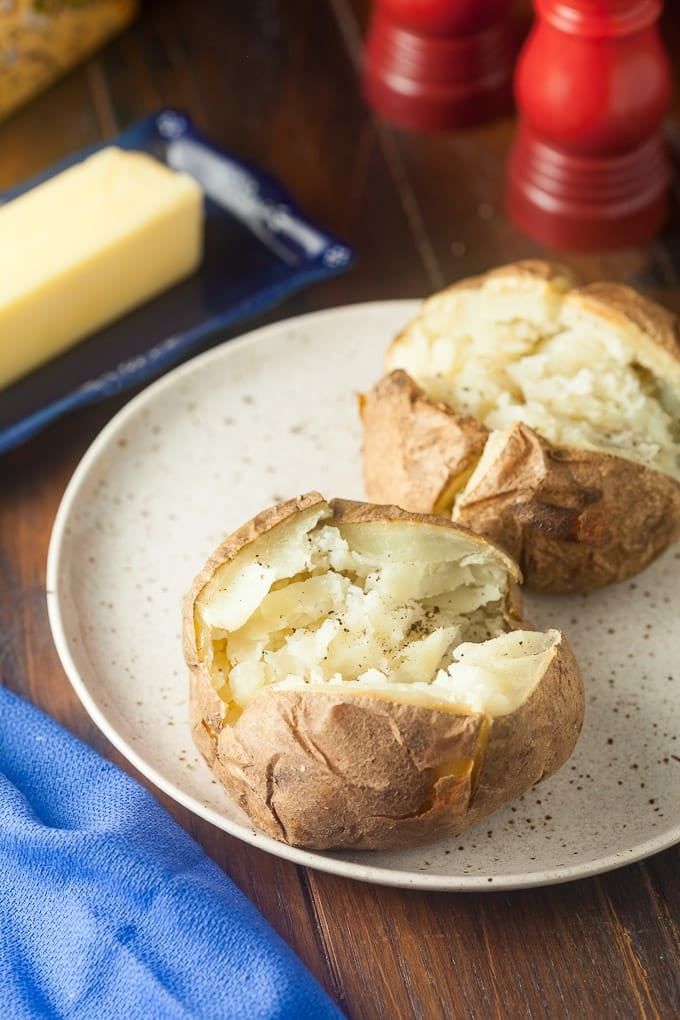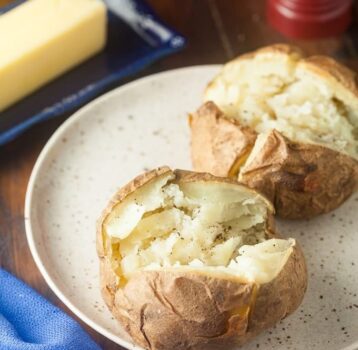Potatoes are arguably one of the most humble and versatile ingredients in global cuisine. Whether mashed, baked, fried, or roasted, this starchy tuber is found in kitchens around the world, making it a key ingredient in countless beloved dishes. Despite their ubiquity and importance, potatoes often don’t get the spotlight they deserve in the culinary world. Let’s dive into why potatoes are the unsung hero of the kitchen and explore their versatility, historical significance, and surprising health benefits.
1. Potatoes: A Global Staple
The potato’s journey from its native South America to becoming a staple in kitchens worldwide is an incredible tale. Originally domesticated by the Inca in the Andes over 7,000 years ago, potatoes quickly spread across the globe after the Spanish introduced them to Europe in the 16th century. Today, they’re the fourth most consumed food crop worldwide, behind rice, wheat, and maize. Their ability to grow in a variety of climates and conditions made them an essential crop for feeding growing populations in diverse regions.
2. The Versatility of Potatoes
One of the reasons potatoes deserve more recognition is their amazing versatility. Potatoes can be prepared in nearly every form imaginable, from crispy fries to creamy soups to decadent gratins. Here are just a few ways potatoes are used across different cultures:
- French Fries and Chips: Arguably the most famous potato dish, French fries are enjoyed worldwide, often served as a side dish or a quick snack.
- Mashed Potatoes: A comforting classic, mashed potatoes are a side dish for everything from Thanksgiving turkey to fried chicken.
- Gnocchi: Italy’s pillowy potato dumplings, often paired with rich sauces, are a celebration of the potato’s ability to shine in pasta-like dishes.
- Potato Salad: A summer picnic favorite, potato salad can be dressed up with a variety of ingredients, from creamy mayo to tangy mustard or vinaigrette.
- Curries and Stews: In countries like India, potatoes are often a central ingredient in vegetarian curries, lending a starchy, satisfying base to many spicy dishes.
- Baked Potatoes: Topped with anything from sour cream and chives to bacon and cheese, baked potatoes are a satisfying meal on their own.
From sweet and savory to crispy and creamy, potatoes can be adapted to fit any flavor profile or cuisine, which makes them indispensable in both home kitchens and restaurants alike.
3. Nutritional Powerhouse
Although potatoes have sometimes been unfairly criticized for being a “starch-heavy” food, they’re actually packed with nutrients that contribute to a healthy diet. Here are just a few of the nutritional benefits of potatoes:
- Rich in Potassium: Potatoes are an excellent source of potassium, which is essential for heart health and regulating blood pressure.
- High in Fiber: When eaten with their skin, potatoes provide a good amount of dietary fiber, which helps with digestion and maintaining a healthy weight.
- Vitamin C: Potatoes contain a surprising amount of vitamin C, which is important for immune function and skin health.
- Antioxidants: Potatoes, especially colored varieties like purple potatoes, are loaded with antioxidants that help fight oxidative stress in the body.
When prepared in a health-conscious way (e.g., roasted, boiled, or baked instead of fried), potatoes can be part of a balanced diet that contributes to overall well-being.
4. Affordable and Accessible
Another reason potatoes deserve more credit is their affordability and accessibility. Potatoes are one of the most cost-effective ingredients available. They’re not only inexpensive to purchase, but they’re also easy to store for extended periods of time. Their long shelf life makes them an essential food for feeding families on a budget or for stocking up in case of emergency.
As a crop, potatoes are also relatively sustainable. They require less water to grow compared to other crops like rice or wheat, making them an eco-friendly choice for food production. In a world where food security and sustainability are increasingly important, potatoes are a crop that delivers both on a global and local scale.
5. A Cultural and Culinary Icon
Potatoes are often at the heart of traditional dishes in many cultures. In Ireland, potatoes were the cornerstone of the diet, particularly during the Great Famine of the mid-19th century. In Peru, they’re still celebrated as the country’s national food, with over 3,000 different varieties of potatoes grown. Russian cuisine includes hearty potato dishes like pelmeni (dumplings) and draniki (potato pancakes), while in Poland, pierogi (dumplings) often contain potato filling.
Each culture has adapted the potato to its culinary traditions, using it in creative ways to form the foundation of beloved meals. As a result, the potato has helped define the comfort food of millions across the world.
6. The Unsung Hero in the Restaurant World
In the restaurant world, potatoes are the often-overlooked hero of many dishes. While high-end restaurants might get attention for their creative takes on meats or seafood, the potato often plays a vital supporting role that brings dishes to life. From pommes frites at a fine dining establishment to roasted fingerlings at a casual bistro, potatoes provide a balance of flavor, texture, and heartiness that complements more expensive ingredients.
Even in upscale dishes like truffle mashed potatoes or sautéed potato gratin, the potato elevates the overall experience with its satisfying texture and ability to absorb and enhance other flavors.
7. The Future of Potatoes: Innovation and Beyond
Innovation in potato farming and culinary techniques is continuing to grow. New potato varieties are being developed for both better flavor and resilience to environmental changes. On the culinary front, chefs are constantly finding new ways to transform the humble potato into gourmet experiences – think potato foam, potato chips dipped in caviar, or frozen potato spheres.
Additionally, the potato industry is exploring new applications beyond food, from potato-based biodegradable packaging to sustainable potato-based energy sources.
Conclusion: A Hero in Disguise
The potato might not always get the recognition it deserves, but it’s undeniably one of the most versatile, affordable, and beloved ingredients in the culinary world. From nourishing comfort food to cutting-edge gastronomic creations, the potato can be found at the center of both humble meals and Michelin-starred experiences.
It’s time to give this unsung hero the respect it deserves — the potato is more than just a side dish; it’s a global culinary treasure.

